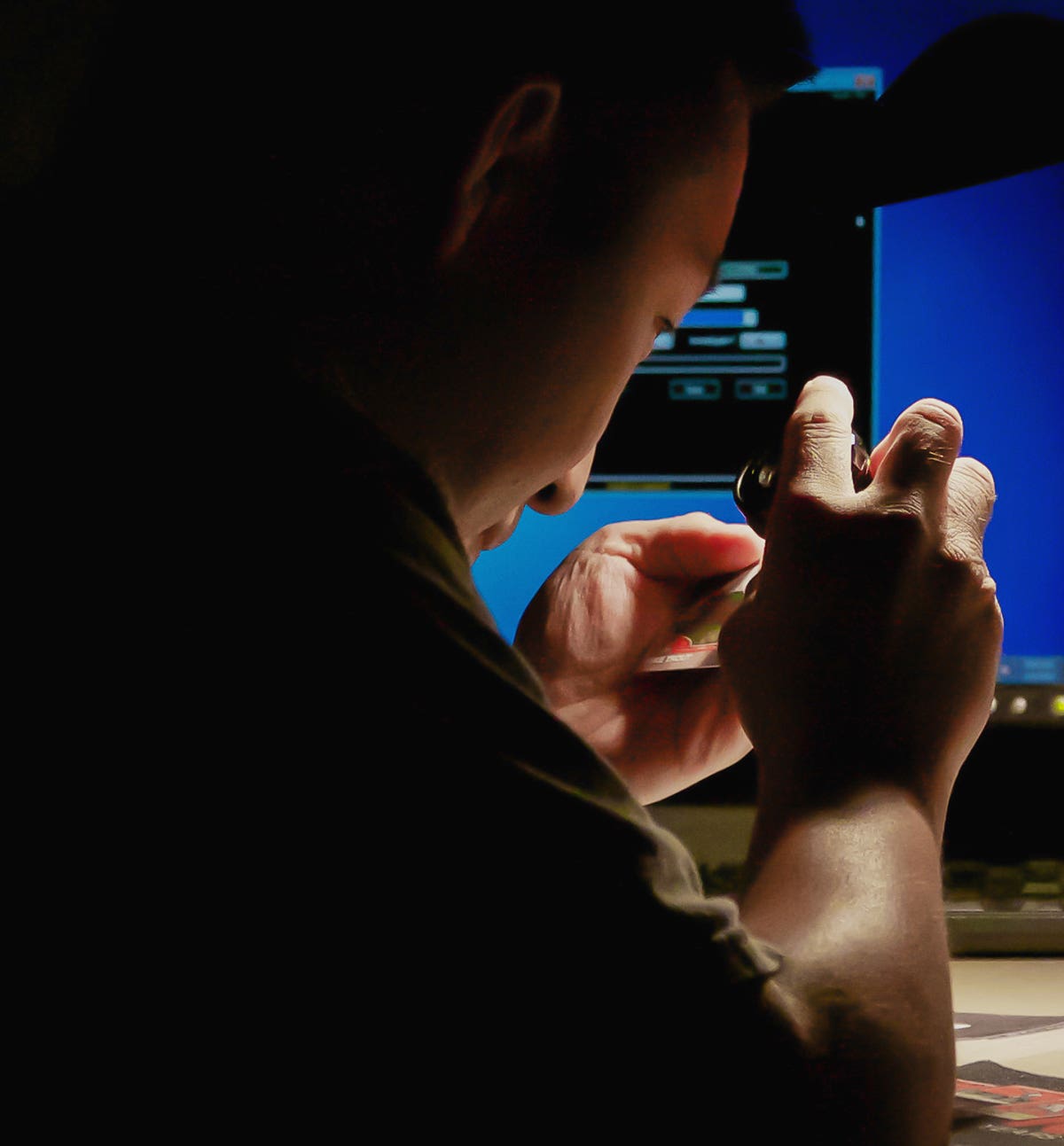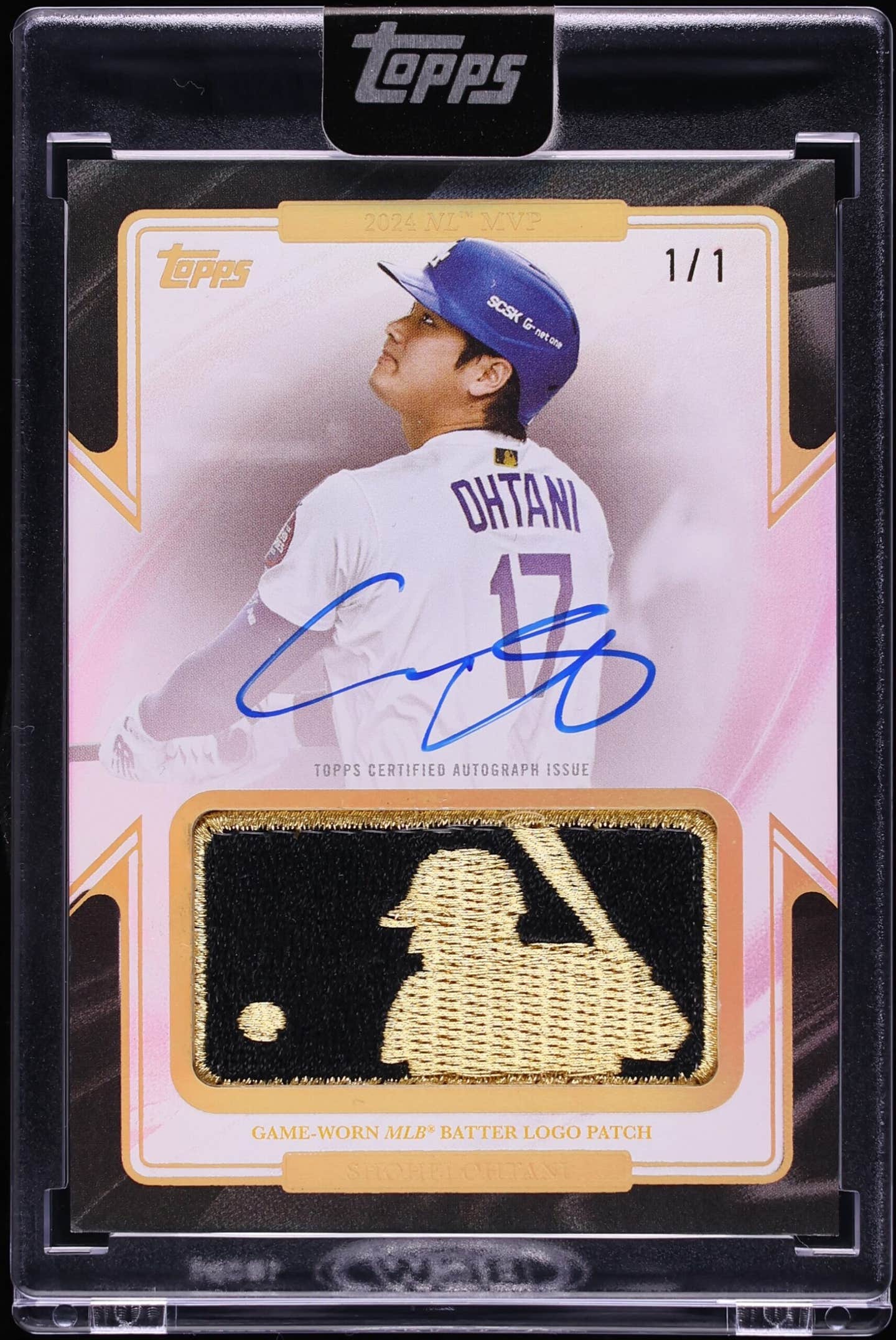Featured
In 1953 Bowman Bounced Back in a Big Way
By Dean Hanley
Having failed to win a conclusive victory in the courts, Bowman decided to get down to business and create a better product in 1953.
Most people consider the 160 cards of the 1953 Bowman Baseball set to be the most beautiful vintage cards ever produced. The 1953 Bowman set was the first in which color photography was used on a baseball card. The color process was very expensive to produce, and Bowman let nothing interfere with the incredible full-color picture photographs. The cards did not have player names, team names, positions or team logos – just fantastic photographs of the players themselves.
The color photography used on the 1953 Bowman baseball cards is strikingly beautiful. Some great examples include cards No. 9 Scooter Rizzuto bunting, No. 81 Country Slaughter leaning on his bats, No. 32 Stan the Man relaxing in the dugout, No. 59 the graceful swing of the Mick, No. 98 Gil Hodges stretching for a throw, No. 121 Yogi with his glove and mask and No. 62 the biceps of Big Klu. The 1953 Bowman set also had the first multi-player cards: No. 93 Martin and Rizzuto and No. 44 Berra, Bauer and Mantle.
Beauty born from competition
Bowman Gum Co. felt that the market was secure from competition because of its contracts with the players. As a result, the Bowman issues evolved very slowly in design, content and size.
Bowman’s relaxed evolution of its bubble gum card came to a sudden end in the spring of 1952, when the Topps Co. aggressively seized its opening and issued a competitive set of baseball cards. Bowman seemed caught off guard, as they were shocked at how quickly the superior giant-sized 1952 Topps Baseball cards snatched the majority of the baseball card market share in just a year’s time.
Bowman was now forced to create a better card. The 1953 set was the Bowman’s direct response to the 1952 Topps surprise attack, and Bowman spared no expense. The 1953 Bowman cards were much larger than its 1952s, and roughly matched the size of the Topps cards.
CLICK HERE FOR A VIDEO OF THE 1953 BOWMAN SET.
True appreciation of the 1953 Bowman set requires a triple-take
The 1953 Bowman cards were a great leap ahead in the evolution of baseball cards and demonstrate the benefits of a competitive marketplace. The cards were now large enough to allow some unique color photos never seen before on a baseball card.
When I sat down to write a commentary about this particular set, the first thing that I did was take out a complete set from the DeansCards.com inventory and go through it card by card. I’m quickly overwhelmed with the wonderful, bold color photos of the players of the 1953 Bowman color set.
Without names on the card fronts, it’s sometimes tough to determine who the player is in the photo. The 1953 Bowman set forces you to concentrate on the player’s face more so than any other set. As you go through the set, you find yourself turning over most of the cards, to verify the identity of the player. I was shocked on how many guys I incorrectly identified. Once looking at the back of the card, it becomes impossible not to take a peek at the 1952 statistics.
1953 Bowman requires another look
With the bright, bold, colorful photos of the players, it’s very easy to miss some of the real beauty of the 1953 Bowman baseball cards. To catch these subtle features, one must go through the set again.
On your second trip through the 1953 Bowman set, try not to look at the player’s faces. Concentrate strictly on the uniforms, gloves and gear. Another benefit of the pure photographic design on the large 1953 Bowman cards gives us a great look at the game from the early 1950s.
The 1953 Bowman set gives the collector his first good look at the classic wool uniforms of the day. By July, these uniforms were as hot as Hades and ended up weighing almost 20 pounds when soaked with sweat. Fans of the day would see the players take batting practice bare-chested, especially in the southern-most cities like Washington, St. Louis and Cincinnati.
Particularly interesting is the design of No. 99 Warren Spahn’s Braves uniform. Please do not miss the ornate trim on the collar and sleeves, the team name and tomahawk on his chest and the Indian headdress on Spahn’s left shoulder. Please also notice the outdated “B” on the traditional Braves hat. The “B” was replaced with an “M” in 1953, after the team moved to Milwaukee.
Card No. 44 gives us a good look at the gloves of Bauer and Mantle. It is easy to see why everyone used two hands to catch the ball. The fielders would leave their gloves on the field between innings, instead of bringing them into the dugout. Interestingly, few of the old timers that I have spoken with can ever recall the gloves interfering with a batted ball.
Do not miss card No. 21 showing Joe Garagiola’s primitive catcher’s mitt or No. 121 Yogi Berra’s mask with leather padding. Imagine having that sweat-soaked leather pressed to your face for nine innings.
Take a glance at the shoes on cards No. 1 Davey Williams and No. 118 Billy Martin. Looking at those uncomfortable, antique spikes through the colorful photos of the 1953 Bowman baseball cards, you can almost feel the pain on the bottom of your own feet. This is in addition to the discomfort of wearing leather belts and shin-high socks.
During this tour, you will not see batting helmets or batting gloves. Look at how small the bats look in the big hands of No. 46 Roy Campanella and No. 97 Eddie Mathews.
The bat is the only piece of equipment that appears similar to today’s game – but even that is deceiving. Today, wood bats are only used by professional players. Most of the young players of today have never swung a wood bat at a pitched ball, which is a real shame.
I love this set! It truly takes me back in time – but I still have one more trip to make.
One last lap through the 1953 Bowman set
On the third trip through the 1953 set, please focus strictly on the stadiums in the background. One warning: If “Army green” makes you a bit queasy, you may want to sit down for this part of the 1953 Bowman tour. Why both the Polo Grounds and Yankee Stadium (and so many others) were painted with green paint is beyond my understanding. Maybe the paint was discounted as WWII surplus and priced to sell, like the Army jeeps and searchlights of the day.
The photos were taken during the 1952 season, when color photography was extremely rare due to the high expense of the process. The Philadelphia-based Bowman Gum Co. had to act quickly to get all of the photos taken before the 1952 season ended, so they chose a New York-based photographer for the job. That is why almost all of the 1953 Bowman baseball cards were shot in the two classic stadiums that sat across the Harlem River from each other.
It is fun to look at the cards of the National League players and piece together a panoramic view of the uniquely shaped Polo Grounds. No stadium today can compare in originally. One can clearly see the distinct thick rim of the Polo Grounds grandstand on cards No. 48 Hank Sauer or No. 65 Robin Roberts. Card No. 154 Turk Lown shows how centerfield went on forever and fades into the darkness. You can see the wooden bat rack of the Polo Grounds dugout pictured behind No. 10 Richie Ashburn and No. 32 Stan Musial. Unfortunately, this would be Musial’s last card until 1958.
The 1953 Bowman cards that feature American League players give us a view of a Yankee Stadium that most are too young to remember. The awesome multi-player cards of the World Champion Yankees (cards No. 44 and No. 93) were shot in the corner of their home dugout.
Cards No. 8 Al Rosen and No. 25 Hoot Evers (among many others) clearly show the distinctive 15-foot frieze, often called the façade, that lined the roof above the grandstand of Yankee Stadium. Made of copper, just like the Statue of Liberty, time and weather gave the façade its green color.
In 1967, the façade was painted white, as were the outside walls of Yankee Stadium. The inside of the stadium was painted blue, giving it the look that most remember. The much needed paint job was a definite improvement, but it is truly enjoyable to see “The House the Ruth Built” in its ’50s décor.
A few of the veteran players have cards with photos that were not shot in New York. The most famous card in the 1953 Bowman set, No. 33 Pee Wee Reese, is actually a painted over black-and-white photo. Cards No. 81 Enos Slaughter and No. 114 Bob Feller show the palm trees of spring training in the background.
1953 Bowman Innovations
The 1953 Bowman Baseball cards feature the first multi-player cards and the first real action shot card, No. 33 Reese. Also unique about these cards is that Bowman did not repeatedly reuse the images in the following years, as was the case of many of the Topps cards of the 1950s and 1960s.
Further, the 1953 set was Bowman's first issue to include player statistics on the backs of the cards. Bowman dropped the annoying advertisement that had plagued its previous issues and filled the card backs with information about the player. The card backs also had empty spaces below the player’s statistics so that the kids could write in the player’s statistics for 1953. Thank goodness that only a few of the kids took Bowman’s suggestion to deface the cards with handwritten numbers.
This article is taken from Hanley’s book, “The Gum Card War and the Great Bowman & Topps Baseball Card Sets of 1948-1955,” which is now available for sale in both paperback and eBook on Amazon.com. Hanley is the founder of DeansCards.com, and has also published “Before there was Bubble Gum: Our Favorite Pre-World War I Baseball Cards.”








